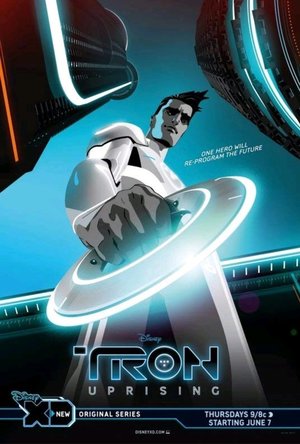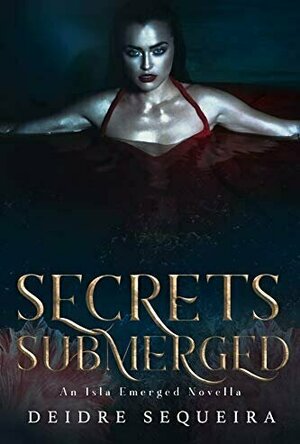
Secrets Submerged (Isla Emerged #1.5)
Book
Pain. Deception. Family. Eleven months ago, Isla became the matriarch of her merfolk kingdom....
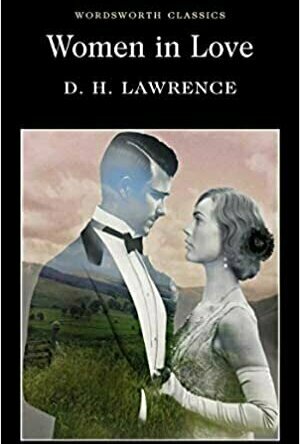
Women in Love
Book
Introduction and Notes by Dr Jeff Wallace, University of Glamorgan. Lawrence's finest, most...
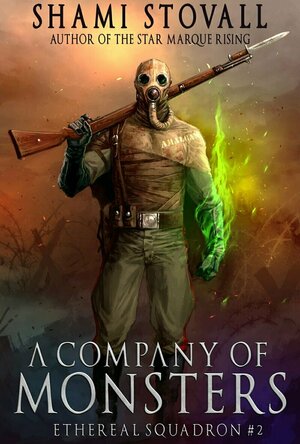
A Company of Monsters (The Sorcerers of Verdun #2)
Book
The year is 1917, and the Russian Empire is on verge of collapse. Florence Cavell—codename...
Historical Fantasy Fiction

The Wall of Storms (The Dandelion Dynasty #2)
Book
In the much-anticipated sequel to the “magnificent fantasy epic” (NPR) Grace of Kings, Emperor...
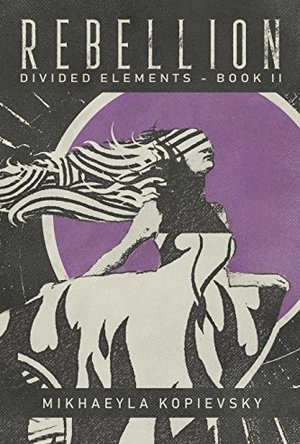
Rebellion
Book
The sky over the Edges shimmers then falters. Hovering between night and day, the dawn has come and...

Christmas at Tiffany's
Book
Christmas at Tiffany's is an exciting, globetrotting story of friendship and romance from Karen...
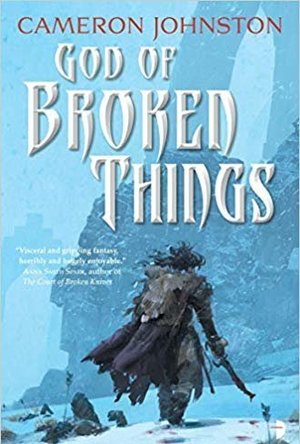
God of Broken Things
Book
An outcast magician must risk his body and mind to save the world from horrifying demons, in the...
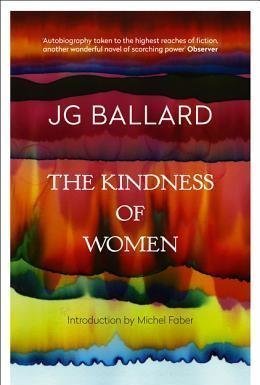
The Kindness of Women
Book
The fascinating, and largely autobiographical, sequel to J G Ballard’s prize-winning ‘Empire of...
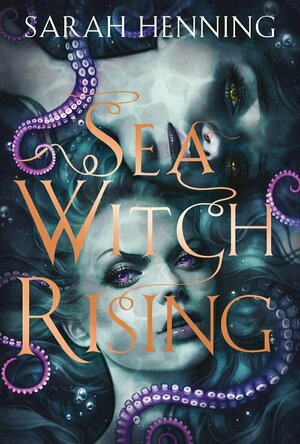
Sea Witch Rising
Book
“The Little Mermaid” takes a twisted turn in this thrilling sequel to villainess origin story...
